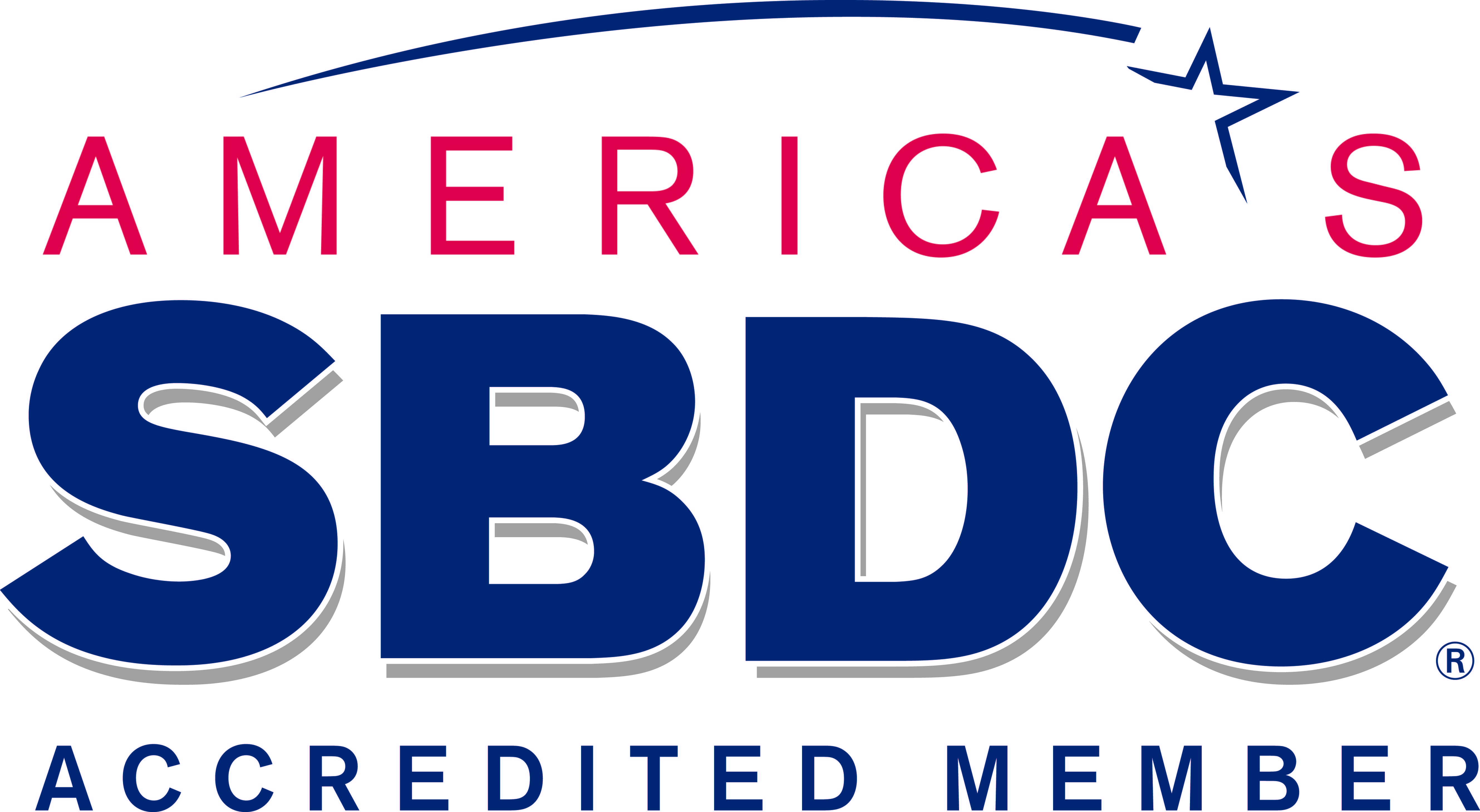How to Use Social Media for Small Business

By: Tatyana Parham
With over 4 billion daily active social media users worldwide, social media marketing for small business has become an essential part of many small business owners' marketing strategy. Although there's a lot of information available online about specific social media marketing campaign tactics and social media growth hacks, it's important for small business owners to understand how to fundamentally use social media as a part of a long-term marketing and sales strategy for small business growth. Incorporating social media marketing for small business into your business's long-term, big-picture vision will allow your business to remain competitive in the age of social networking.
Social media marketing for small businesses allows business owners to increase brand awareness, build customer relationships, and complete online sales transactions directly on social platforms. However, learning how to use social media for small business is about more than casually posting a few times a month, or using the same ten general hashtags under every post. Begin to develop your social media marketing strategy by brainstorming exactly how social media can benefit your small business, and how to create content that competes amongst industry trends and attracts potential customers.
Here's a few tips to begin to develop your online presence and learn how to use social media for small business.
Create a Social Media Plan
Every strong social media marketing strategy for small business starts with a clear, specific, and realistic plan that details what you hope to achieve while using social media to grow your business, and how you intend to get there. In order to fully see a worthwhile return on your investment in social media efforts, you have to commit to a strategic plan that supports specific goals that are tailored to your business's current growth opportunities. It is also essential to focus on building systems into your routine workflows to maintain an active and engaging presence across your business's social channels.
One of the best parts about social media for small business is that it's completely free to begin. Once you've chosen the best social platforms for your business, take the time to map out a realistic plan to keep your team accountable for reaching your business's social media marketing goals. Focus on setting SMART (specific, measurable, attainable, relevant, and timely) goals based on metrics that will have a positive impact on your business. During the planning process, consider:
- Who is your target audience, and how will you reach them?
- What social media trends have proven to be successful in your industry, and what's working for your competition? (Ex: Using short-form video content to quickly grab your audience's attention and lead them to your website to eventually make a sale)
- What are attainable goals that you can achieve with the resources you have on hand, in a realistic but effective amount of time? (Ex: Gaining 100 new active Instagram followers in a three-month period)
- If you are unable to hire a social media manager, what specific responsibilities should be delegated to each team member involved in the social media marketing strategy, based on their strengths and availability?
After you brainstorm some of these general ideas, you can focus on creating a monthly social media calendar to help you boost your productivity and automate your activity across your social channels.
Speak to Your Target Audience
Although your products and services may be available to virtually everyone, you can grow your small business more effectively by micro-targeting specific groups of potential consumers that you can directly engage with online. Learning more about how your target audience best consumes information, as well as their general wants and needs associated with your products and services, is one of the best ways to grow a dedicated following on social media.
Begin by using social media analytics tools such as Facebook Business Suite to compile data on your current followers and further understand who is interacting with your business online and who is being converted into paying customers. Once you can identify who your target audience is, you can develop buyer persona profiles for specific groups of consumers that share common motives to engage with your business.
For example, if you sell art supplies, one targeted buyer persona may be a kindergarten teacher looking for easy-to-use supplies for their classroom, while another may be a graduate art student that cares about long-lasting quality and precision. Understanding who your content is intended for will help you shape specific messages and themes that will resonate with each audience. Pay attention to what your customers are asking on your competition's social channels, and craft your messages to respond to those general needs.
Focus on Building Relationships
Social media for small business is an open-sourced customer service platform that allows small business owners to interact directly with their followers. Use this space to give your audience an opportunity to build a relationship with your brand over time, as you develop a loyal online community and attract potential lifelong customers.
When you establish relationships with your audience and they consistently engage with your account, the algorithm will boost your posts and show them more of your company's content. Then, as your followers like and share your posts, your brand gains free exposure on the platform.
Some ways to nurture customer relationships on social media include creating an active Facebook group, using built-in interactive tools like Twitter polls and Instagram Story Questions, consistently responding to comments and DM's, and connecting with your industry's network through hashtags and mentions. While customer acquisition is critical for small business growth, be mindful not to neglect the following that you already have.
Produce Quality Content
When incorporating social media as a part of your company's overall marketing and branding efforts, focus on creating quality content that will resonate with your target audience. Instead of pumping out generic posts that solely promote sales, consciously create content that offers some sort of value for your target audience. This will increase credibility for your company online and potentially position your business as an industry expert, which will ultimately attract more customers and grow your social media following.
As you create your social media calendar, you can use the 80/20 Rule: dedicate 80 percent of your social media content to inform, educate, or entertain your audience, and use the other 20 percent to promote your brand and sell products. Successful social media campaigns prioritize customer intimacy and creating value as a brand.
Emphasize a focus on creating high-quality content by using online tools to help you craft aesthetic, yet functional posts. Use apps like VSCO for simple photo-editing, and Canva to create eye-catching social media graphics. You can use social media to grow your brand by scheduling templated in-feed and story posts that help your audience quickly identify your brand's style, based on graphic elements, images, editing, brand colors, fonts, and more.
Visit our extensive online library of UH SBDC Marketing Webinars for additional guidance for growing your small business.







